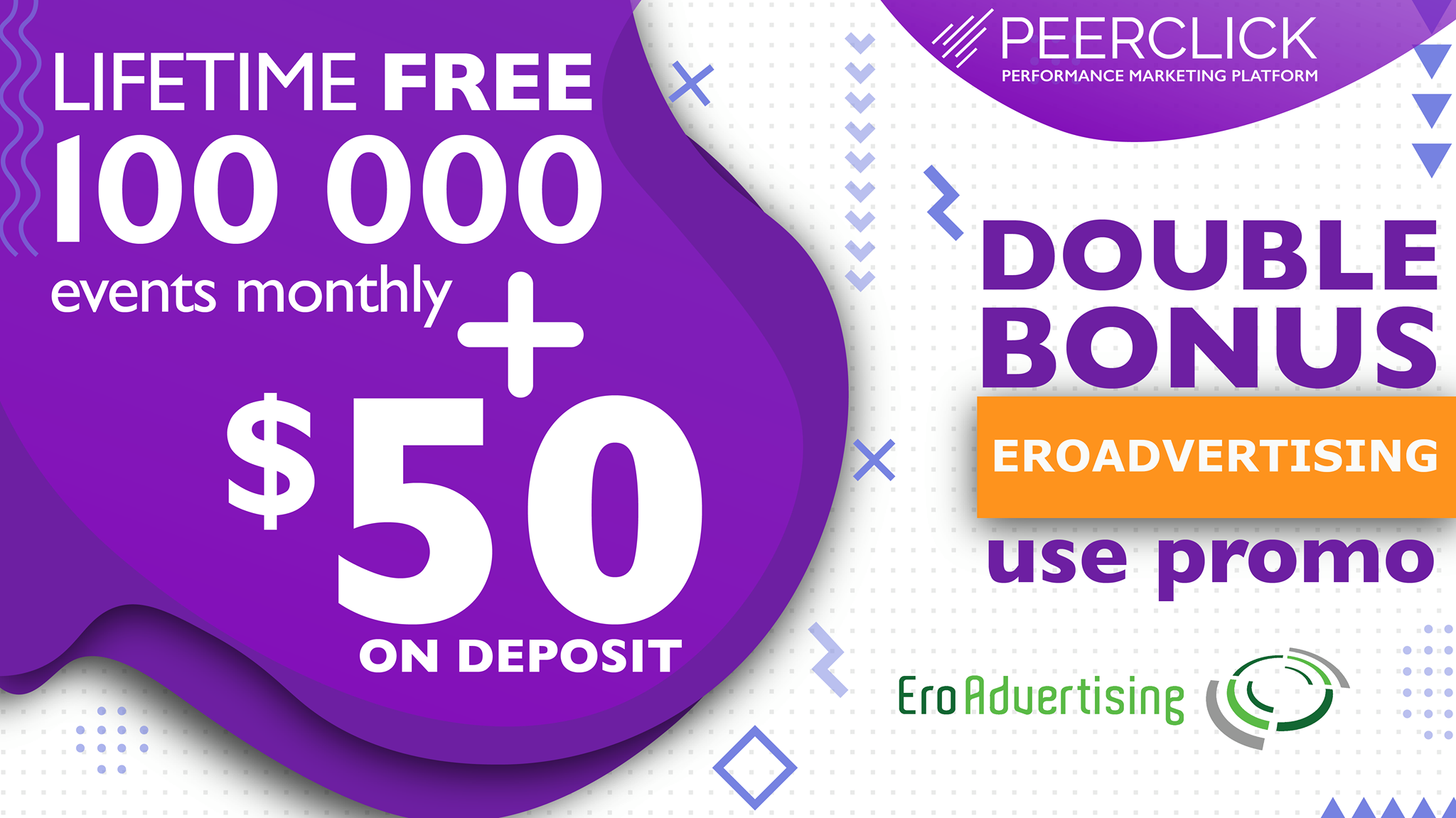Do you know why fast food chains usually use red and yellow in their restaurants? Or why luxury product manufacturers often use deep purple and gold in their branding?
The answer is simple: it’s because of color psychology.
Although there is still a lot of research that needs to discover. Experts have identified a connection between colors and our emotions.
According to the theory of color psychology, different hues produce different emotional and physiological reactions in people. Not only this, but people also associate certain colors with distinct items or events, which can trigger a specific action or change users’ perceptions.
In this article, we will introduce you to the psychology of colors, its practical applications, and how you can use colors to get more traffic and increase conversions on your website.
Psychology of colors
When you understand color psychology, you can use that knowledge to boost your conversion rate. Psychology of color scheme allows you to predict how your customers respond to your marketing messages, based on the color of your copy, call-to-action-buttons, and links. It’s all part of understanding customer psychology.
On the internet, psychology helps you to predict how the people in your target audience respond to different marketing messages before they purchase a given product. Color theory helps.
Regardless of the product or service, it’s important to make sure that your colors work perfectly with every element in your ad.
If the right colors are used and the right customers receive the right message, you’ll get fewer objections to the purchase, regardless of price.
What Affiliates Should Keep in Mind for their CTAs?
The CTAs on your ads tell users what actions you want them to take, but you have to do much more than choose the right wording. In addition to the text, size, and shape of your CTA buttons, you also have to consider the colors you’ll use.
Some of the things you want to keep in mind include:
Red: Represents passion and importance, known to raise blood pressure
Orange: Optimism, fun, and confidence
Yellow: Happiness and attraction, works well with black
Green: Success, nature, and health
Blue: Trustworthiness, relaxation, and safety
Purple: Creativity, luxury, purity
Black: Elegance and power
White: Virtue, cleanliness, and innovation
Grey: Professionalism and neutrality
It’s important to note that the tone of the color also affects the intensity of the reaction caused. The lighter the tone, the softer the effect, while darker colors produce a more intense reaction.
Cultural Distinctions
Perceptions vary from region to region, and a single color may have different, even contrasting meanings around the world.
So, before developing the best CTA, you have to know as much as you can about your audience, including their cultural interpretation of colors. For instance, the color of death in China is white, while Brazilians use purple as their mourning color.
Knowing these differences will help you develop better CTAs and ads in general, so focus on color to produce the best landing pages.
Gender Differences
Is there a gender difference in response to color? Yes, you have to keep in mind that men and women have different reactions to the same colors!
These are influenced by environmental and cultural factors, but women tend to prefer primary colors with highlights while men prefer green and black.
Seasonal Color Palettes
Seasonality should also affect the colors you choose for your ads. You don’t necessarily have to take this into account, but having the right colors on your ads will help attract consumers who are looking for seasonal items and improve their customer experience.
Color Psychology and Conversion Rate
After thinking about the intended audience, you need to think about conversion. What colors will push your audience to click on your CTA? I recommend that you perform an A/B test because different approaches may work differently for a product.
We give you an example:

Placing the above call-to-actions in a modern context (such as driving, where green means “Go” and red “Stop”), it is easy to determine which of these buttons would have the highest conversion rate.
If you think the green button outperformed, think again! The red button surpassed the green by 21%! Surprising, isn’t it? The color to use for a CTA is a hot debate in design and marketing circles and it depends on the product.
The lesson to be learned, however, is clear: regardless of preliminary research, the color combinations should always be tested. Each person is different and can respond differently to each color for a variety of reasons, including mood, location, behavior, color scheme, and more.
How to Implement the Appropriate Color Strategy?
Knowing how colors affect consumer behavior is the first step. Now. It’s time to implement this knowledge and make adjustments to your strategy.
To identify the color scheme with the best conversion rate, focus on:
1. A/B Testing
You’ll want to set up split tests with multiple CTA color variations and carefully monitor how people react to each one. As your campaign progresses, you’ll be able to identify positive patterns and narrow down the best variants.
2. Contrasting Colors
Contrasting and complementing colors improve user experience, plus they can also help you highlight essential information about the product or service being promoted.
For CTA buttons, you want to use contrasting colors that increase reliability, while complementing hues are better suited for logos and other branding elements.
Colors and Affiliate Verticals
Dating: Red, pink, and black
Sweepstakes: White, black, green, orange, and red
Finance: Green, blue, black
iGambling (Gambling + Betting): Yellow, brown, and green
Streaming: Red, black, and orange
Gaming: Blue, green, and pink
Nutra: green, Green, red, blue, and brown
Conclusion
Learning color psychology and the proper use of colors can result in a significant conversion rate.
The choice of colors cannot be arbitrary since these have the power to communicate different feelings and values. Indeed, choosing a selection of aesthetically pleasing colors is essential to improving the user experience and increase the site’s conversion rate.
Join us on this journey to success and accomplish incredible results.











